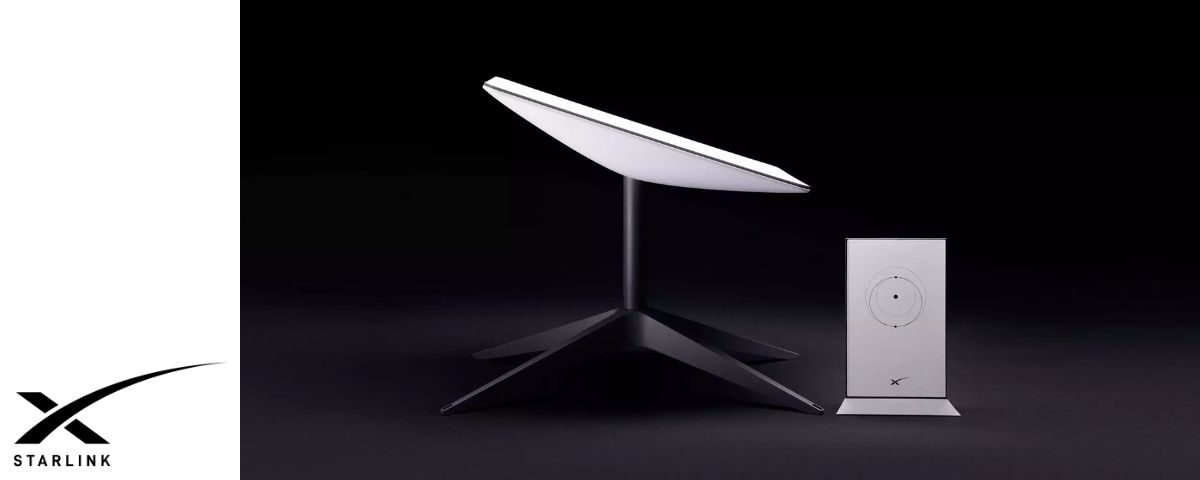Elon Musk’s satellite internet company, Starlink, is set to revolutionize India’s internet landscape. Recently, the Department of Telecommunications (DoT) granted Starlink approval to launch its services in India. With an ambitious strategy to provide affordable and high-speed satellite internet, Starlink is targeting millions of users across urban and rural regions.
According to recent reports, Starlink plans to offer unlimited data at a starting price of less than ₹840 per month, making it one of the most competitively priced internet services in the country. In this article, we explore Starlink’s expected pricing, hardware costs, rollout strategy, and how it compares with other service providers in India.

Starlink’s Internet Plans in India: What to Expect
Affordable Satellite Internet Under ₹840/Month
According to analysts and market insiders, Starlink aims to price its internet plans below ₹840 per month (approximately $10) under promotional offers. These plans are expected to provide unlimited data access, making them ideal for users in both underserved rural areas and data-intensive urban environments.
This aggressive pricing strategy is designed to capture a large user base and quickly establish Starlink as a go-to broadband solution, especially in areas where traditional cable or fiber broadband is unavailable or unreliable.
Competitive Edge in India’s Broadband Market
India has a fast-growing internet user base, but rural penetration remains low. By offering low-cost, high-speed satellite internet, Starlink could effectively bridge the digital divide. Its direct competition includes established players like JioFiber, Airtel Xstream Fiber, and BSNL Bharat Fiber—all of which mostly rely on terrestrial infrastructure.
Starlink Hardware Costs: The Upfront Investment
While the monthly fees may be low, the initial hardware investment is significant. Customers must purchase a Starlink hardware kit to access the service, which includes a satellite dish, router, and mounting tripod.
Starlink Kit Price in India (Expected)
The hardware kit is expected to be priced between:
-
$250 (approx. ₹21,300)
-
$380 (approx. ₹32,400)
This one-time cost could be a deterrent for some users, particularly in price-sensitive markets. However, as with many tech products, costs may decrease over time or become subsidized through government partnerships or telecom collaborations.
Targeting 10 Million Subscribers in India
Starlink’s long-term vision includes onboarding up to 10 million users in India. By achieving scale, the company hopes to reduce per-user costs and maintain profitability despite lower subscription fees.
Economies of Scale and Business Sustainability
Satellite internet requires significant investment in satellite infrastructure and spectrum licensing. By expanding its user base quickly, Starlink aims to spread operational costs across a wider audience, making the business model more sustainable in developing markets like India.
Partnerships and Rural Development Initiatives
Collaborations with Jio and Airtel for Rural Connectivity
Telecom giants like Reliance Jio and Bharti Airtel have reportedly shown interest in collaborating with Starlink to improve internet access in remote regions, including:
-
Rural schools
-
Healthcare facilities
-
Remote tribal and agricultural communities
Such partnerships could be instrumental in driving adoption and reaching areas where traditional broadband infrastructure is non-existent.
Challenges Ahead: Regulatory, Affordability & Adoption
Despite regulatory approval, Starlink faces several challenges in India:
Key Roadblocks
-
Affordability of hardware for low-income users
-
Regulatory hurdles related to foreign satellite communications
-
Competition from local ISPs offering bundled services
-
Awareness and education around satellite internet usage
To overcome these, Starlink may need to roll out subsidies, easy EMI schemes, or bundle offers with telecom partners.
Why Starlink Could Be a Game-Changer
India has over 700 million internet users, but over 400 million still lack access, especially in rural zones. Starlink’s satellite-based approach bypasses the need for cable infrastructure, making it an ideal solution for:
-
Mountainous terrain
-
Remote villages
-
Disaster-prone areas
Moreover, low latency and high bandwidth offered by Starlink could benefit industries like telemedicine, remote education, and agri-tech.
Final Thoughts
Starlink’s upcoming launch in India could be a pivotal moment in bridging the digital divide. With plans priced under ₹840 per month, the service could disrupt the current broadband market. However, the initial hardware cost remains a hurdle that could affect adoption, particularly in cost-sensitive regions.
By leveraging strategic partnerships and focusing on rural empowerment, Elon Musk’s Starlink could transform how millions of Indians connect to the internet.
Frequently Asked Questions:
Q1: What is the expected monthly cost of Starlink internet in India?
A: Starlink is expected to offer unlimited internet plans for under ₹840 per month (approximately $10) under promotional pricing.
Q2: Is the Starlink hardware kit included in the monthly plan?
A: No, users must purchase the hardware kit separately. It is expected to cost between ₹21,300 and ₹32,400.
Q3: When will Starlink officially launch in India?
A: While an exact launch date has not been confirmed, Starlink has received approval from the Department of Telecommunications and is expected to roll out services soon.
Q4: Can Starlink be used in rural and remote parts of India?
A: Yes, Starlink’s satellite-based technology is ideal for providing internet in rural, mountainous, or infrastructure-deficient regions.
Q5: Are there any collaborations between Starlink and Indian telecom companies?
A: Reports suggest that Reliance Jio and Airtel may partner with Starlink to expand connectivity in rural schools and healthcare centers.




